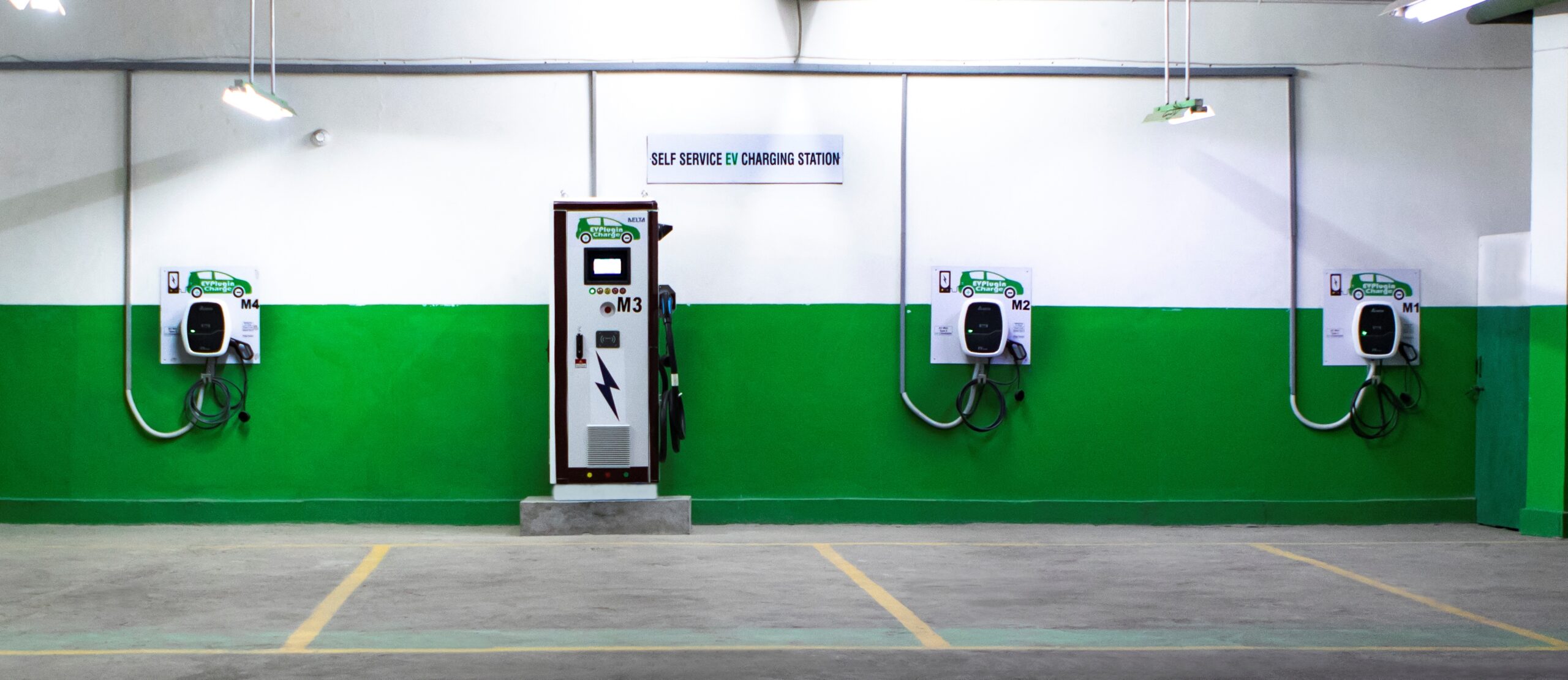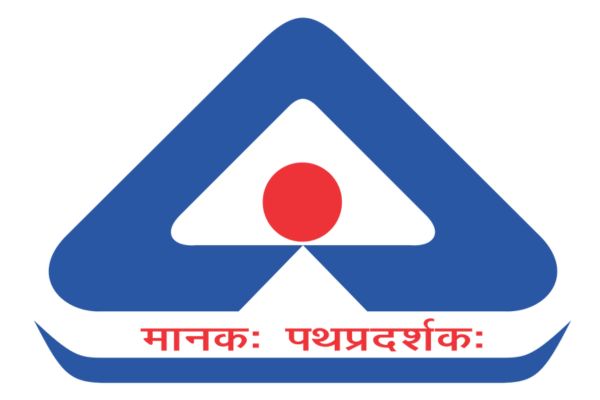Latest changes streamline process for charging operators, enhance infrastructure standards
The Bureau of Energy Efficiency (BEE) June 28, 2024 issued the revised Guidelines and Standards for Electric Vehicle Charging Infrastructure. This is the sixth revision of the document after it was first issued on December 14, 2018, which now has consolidated guidelines for installation and operation of the electric vehicle (EV) charging Infrastructure.
Individuals or entities willing to establish EV charging stations (also called charge point operators or CPOs), whether in privately owned, semi-restricted, or in public spaces, will need to do so by adhering to these guidelines.
India has 15 electric light-duty vehicles (LDV) per public charging point, a ratio lower than countries like New Zealand (90 LDVs per charger) and Norway (34 LDVs per charger), according to the International Energy Agency. However, India’s EV revolution is relatively new, and it has already surpassed the global average ratio.
The revisions have been made to adapt to the evolving needs of the industry and the growing adoption of electric vehicles.
In October 2019, the first revision was made after many industry experts objected that the 2018 guidelines had made setting up chargers expensive by dictating charger models, reducing returns on investment. Most two- and three-wheelers in India use a 15-amp plug, cheaper than the mandated Combined Charging System (CCS) or CHArge de Move, or CHAdeMO, chargers, which had lower demand.
In the new amendment, operators were given more flexibility in choosing chargers, and BEE was appointed as the Central Nodal Agency (CNA) to facilitate infrastructure installation. The role of discoms in setting up home/office charging was established. The new guidelines required one charging station per 3km x 3km grid in cities and one every 25 km on highways, with fast chargers for heavy-duty vehicles every 100 km. This was the first document to acknowledge heavy duty charging requirements in India.
In 2020, another amendment was added, which mandated that the tariff for electricity supply to EV Public Charging Stations be set by a committee. This, the document noted, should not exceed the average cost of supply or ACoS (average cost incurred by a power distribution company to supply electricity to its consumers) by 15 per cent.
In January 2022, new clauses were incorporated fixing the timelines for discoms to facilitate charging setups in metro, municipal and rural areas after receiving applications. BEE committed to creating a web portal / mobile application for public chargers. Tariffs for EV charging stations were set as single-part tariffs not exceeding the ACoS until March 31, 2025.
Government and public entities were asked to provide land for public charging stations on a revenue-sharing basis at the nominal rate of Rs 1 per kilowatt-hour, payable quarterly, to offset the low demand due to low EV shares.
Amendments were made to the Model Building Bye-laws, 2016 and the Urban and Regional Development Plans Formulation and Implementation Guidelines 2014, to accommodate charging stations in public and private spaces, supporting the long-term vision of enhancing electric mobility over the next 20 years.
In the second iteration of November 2022, two key changes were made: Public charging stations were to include prepaid service charges with time-of-day rates and solar hour discounts. A Central Electricity Authority (CEA) committee was tasked with recommending the ceiling for service charges and the “time of the day rate” for service charges, as well as solar hour discounts to state governments.
In 2023, the cost of supply by discoms to public charging stations was defined as 0.8 times ACoS during solar hours (9 AM to 4 PM) and 1.2 times ACoS during non-solar hours. Guidelines included a cap on the service fee for capital expenditure charged by operators for slow and fast chargers.
New timelines, tariffs & improved safety
In 2024, several new clauses were added to the guidelines, significantly reforming the document and making it more holistic and comprehensive.
Timelines for metro, municipal and rural areas were retained (03, 07 and 15 days respectively). The timeline now extends to thirty days for regions with hilly terrain. For cases requiring distribution mains extension or new sub-stations, the maximum period is ninety days.
To streamline the process, discoms are required to create a customer-friendly online single window clearance system. CPOs submit applications and documents online, with discoms reviewing them within three days, conducting technical feasibility checks and providing connections as per prescribed timelines. The portal integrates with state and central nodal agencies for visibility and monitoring, and may charge CPOs a fee for necessary clearances.
State nodal agencies (SNA) and city authorities must conduct periodic mapping of the geographic distribution of potential EV charging demand at least once a year. This mapping helps in identifying the areas with the highest demand for charging infrastructure and planning accordingly.
Appropriate cabling and electrical works to protect from lightning and surges must follow the standards in the guidelines. EV charging stations must have suitable fire protection and be placed in covered spaces to protect from rain. Compliance with CEA regulations is mandatory, and each Electric Vehicle Supply Equipment (EVSE) model must be type-tested by an accredited agency or lab, with the certificate valid for three years. EVSE is the device that provides electric power to recharge vehicle batteries.
Specifications of EV chargers should be displayed and trained personnel should operate EV chargers, especially if there are more than four EVSEs at the station. Parking spaces must be clearly marked and kept free from encroachments. Systems must track charger usage, automate billing and facilitate payments.
Tariff structure should not exceed the ACoS until March 31, 2026 (instead of 2025 as per previous revision), the new guidelines mandated.
The cost of supply by discoms has changed to 0.7 times the ACoS during solar hours and 1.3 times the ACoS during non-solar hours. Separate metering arrangements must be made for EV charging stations to ensure accurate billing as per the applicable tariff.
Denser network, improved monitoring
Public charging stations for electric two-, three-, four-wheelers and quadricycles must comply with Bureau of Indian Standards (BIS) standards and have at least 7.4 kW capacity (AC or DC). Stations for long-range EVs and heavy-duty vehicles like trucks and buses must have at least two EVSE of 250 kW capacity or one charger of 500 kW with dual guns.
CPOs are advised to adopt open communication protocols for demand response communication between a discom and public charge points. These protocols serve as the user interface for monitoring and managing charging stations remotely.
In urban areas, at least one charging station should be available within a 1 km x 1 km grid by FY2030. Additionally, charging stations should be set up every 20 km on both sides of highways, expressways and roads.
CPOs must register their data with the CNAs through SNAs and share quarterly data on energy sales, downtime and service charges. Detailed rate information should be prominently displayed at the stations. A committee under CEA will periodically recommend service charge ceilings and time-of-day rates, including solar hour discounts.
Individual EV owners can charge their vehicles at home using existing connections, applying for additional loads if needed. Domestic consumption tariffs will apply. . Group housing societies and other entities with common parking spaces must allocate at least 10 per cent of their parking capacity for community EV chargers, in consultation with discoms.
Workplace and e-bus depot charging stations should follow similar guidelines for installation and tariff application, ensuring proper charging infrastructure and power load management.
BEE is the Central Nodal Agency. Each state government must nominate a nodal agency, typically the state discom, for setting up EV charging infrastructure. A steering committee under the Union Ministry of Power will review the progress quarterly, comprising members from BEE, CEA, SNAs and state government officials.It must be noted that based on the feedback received from various stakeholders including Oil Marketing Companies and other public and private charge point operators, these guidelines may be revised again. BEE has invited comments on the draft by 27th July 2024 for consideration.



